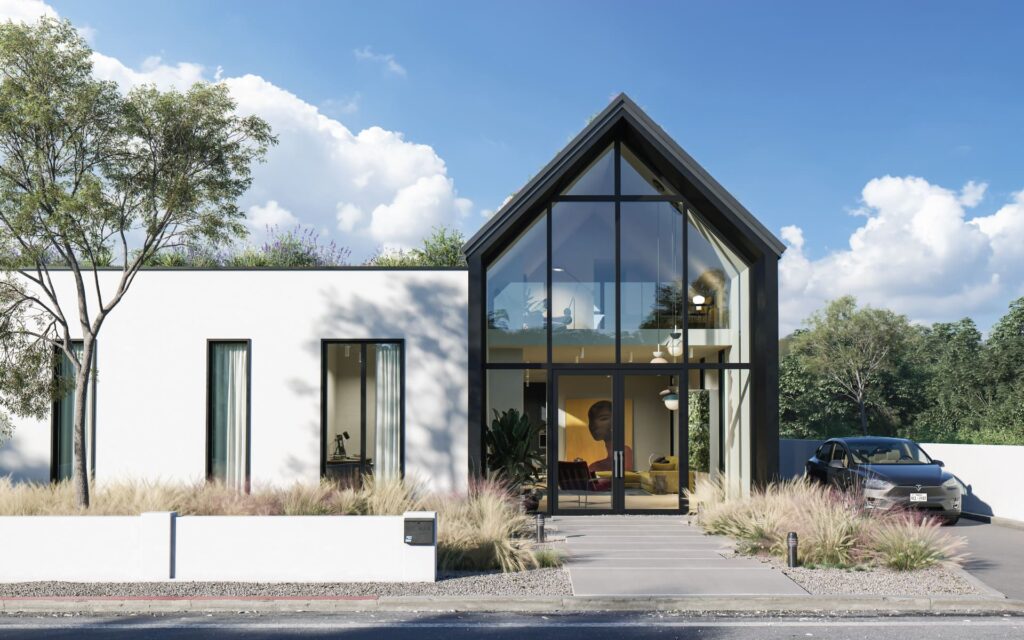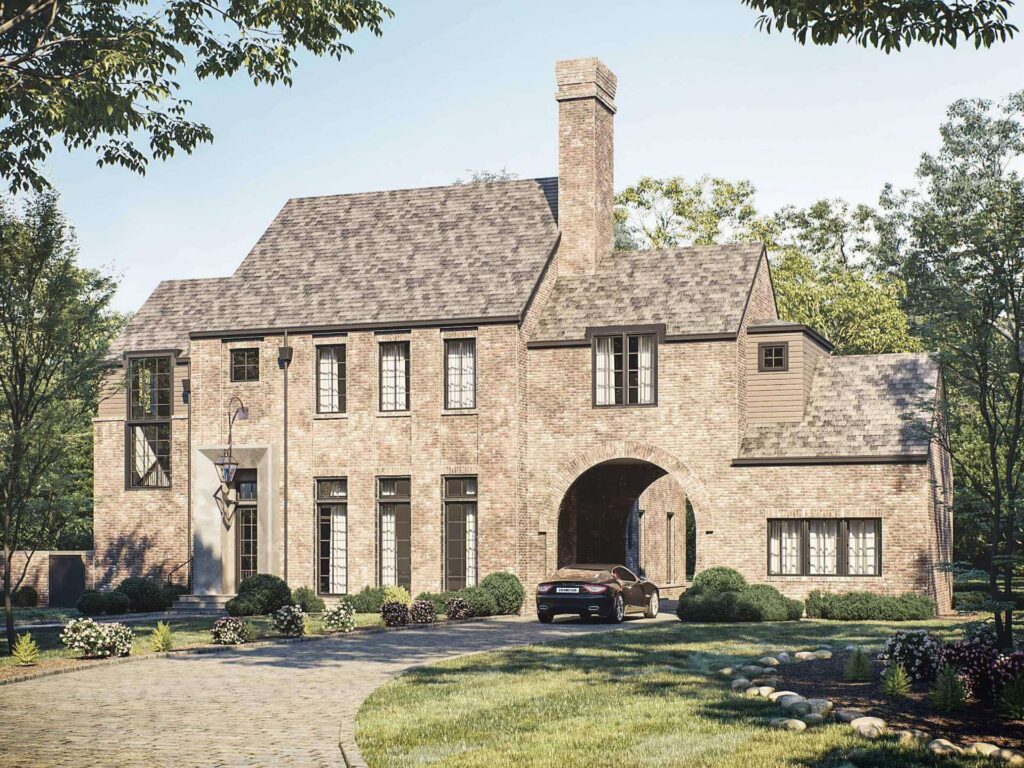House exterior rendering has become an indispensable tool in architectural visualization, allowing designers and clients to visualize future projects in a realistic and impactful manner. Creating stunning 3D imagery for house exteriors requires a combination of technical expertise and artistic flair.
Explore below the five essential tips to help you achieve breathtaking 3D visuals in house exterior rendering.
1. Embrace Photorealism
One of the key goals of house exterior rendering is to create imagery that is indistinguishable from a real photograph. To achieve this level of realism, it’s important to pay close attention to details such as textures, lighting, and shadows. Invest in high-quality texture maps and use advanced rendering techniques to capture the nuances of materials like brick, wood, and concrete. Additionally, harness the power of natural lighting to enhance the visual appeal of the rendering.
2. Attention to Composition and Framing
Composition plays a crucial role in creating visually striking 3D imagery. When rendering house exteriors, consider the composition of the scene and the framing of the shot. Utilize principles of visual design, such as leading lines and the rule of thirds, to guide the viewer’s eye and create a sense of depth and balance.
3. Leverage Contextual Elements
To bring the house’s 3d exterior rendering to life, incorporate contextual elements that enhance the realism of the scene. Consider adding surrounding landscaping, such as trees, shrubs, and hardscape features, to create a sense of place and context. Pay attention to the integration of the house into its environment, including factors like terrain, vegetation, and neighboring structures. These contextual elements add depth and narrative to the rendering, elevating its impact.
4. Harness the Power of Post-Processing


Post-processing is a critical step in refining the 3D imagery and adding the finishing touches. Use image editing software to enhance the rendering through color correction, contrast adjustments, and the addition of atmospheric effects. Consider adding subtle imperfections and weathering to the materials to create a sense of lived-in authenticity. Post-processing can elevate the visual quality of the rendering and contribute to its overall realism.
5. Continuous Learning and Experimentation


The field of 3D rendering is constantly evolving, with new technologies and techniques emerging regularly. To stay at the forefront of house exterior rendering, commit to continuous learning and experimentation. Stay updated on the latest software updates, rendering engines, and industry trends. By embracing a mindset of continuous improvement, you can expand your skills and produce increasingly stunning 3D imagery.
Achieving stunning 3D imagery in house exterior rendering requires a balance of technical expertise, artistic sensibility, and creative vision. By embracing the tips outlined in this blog and committing to ongoing growth, you can elevate your rendering skills and produce visuals that captivate and inspire. Whether you are a seasoned professional or an aspiring designer, the pursuit of stunning 3D imagery is a rewarding journey that enhances the impact of architectural visualization.
Avenir Design Studio
Avenir Design Studio is a premier 3D rendering and visualization company, offering exceptional 3D exterior rendering services alongside expert interior and architectural rendering solutions. Their innovative approach combines cutting-edge technology and creative expertise to deliver captivating visualizations that bring architectural designs to life with unparalleled realism and detail.
Ready to make your next project presentation unforgettable? Reach out to us for exceptional architectural rendering services and stunning 3D visuals!















